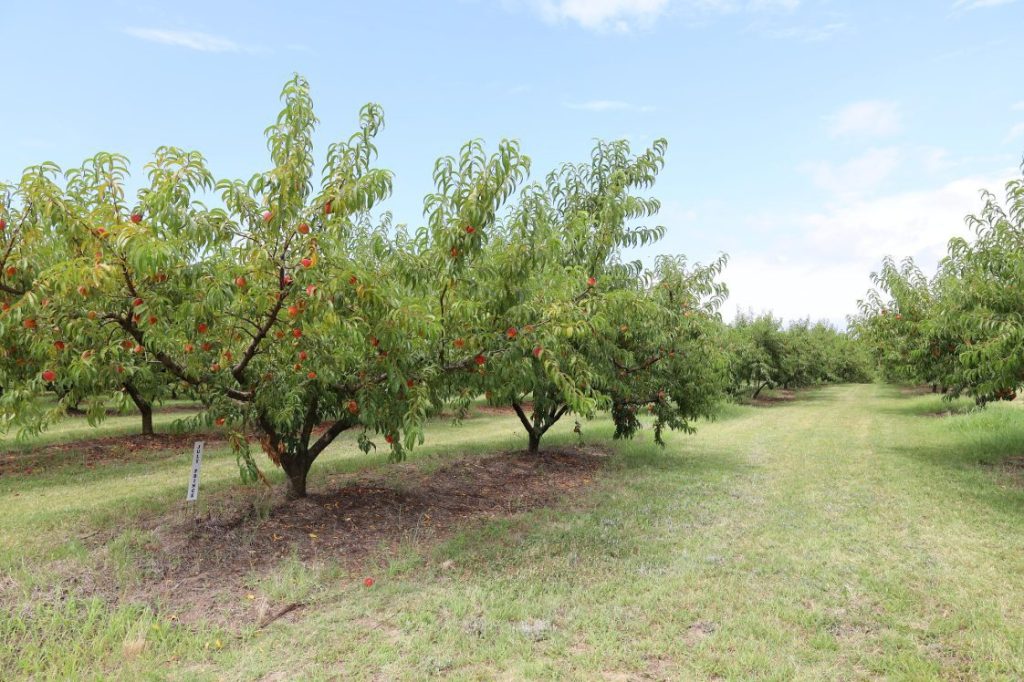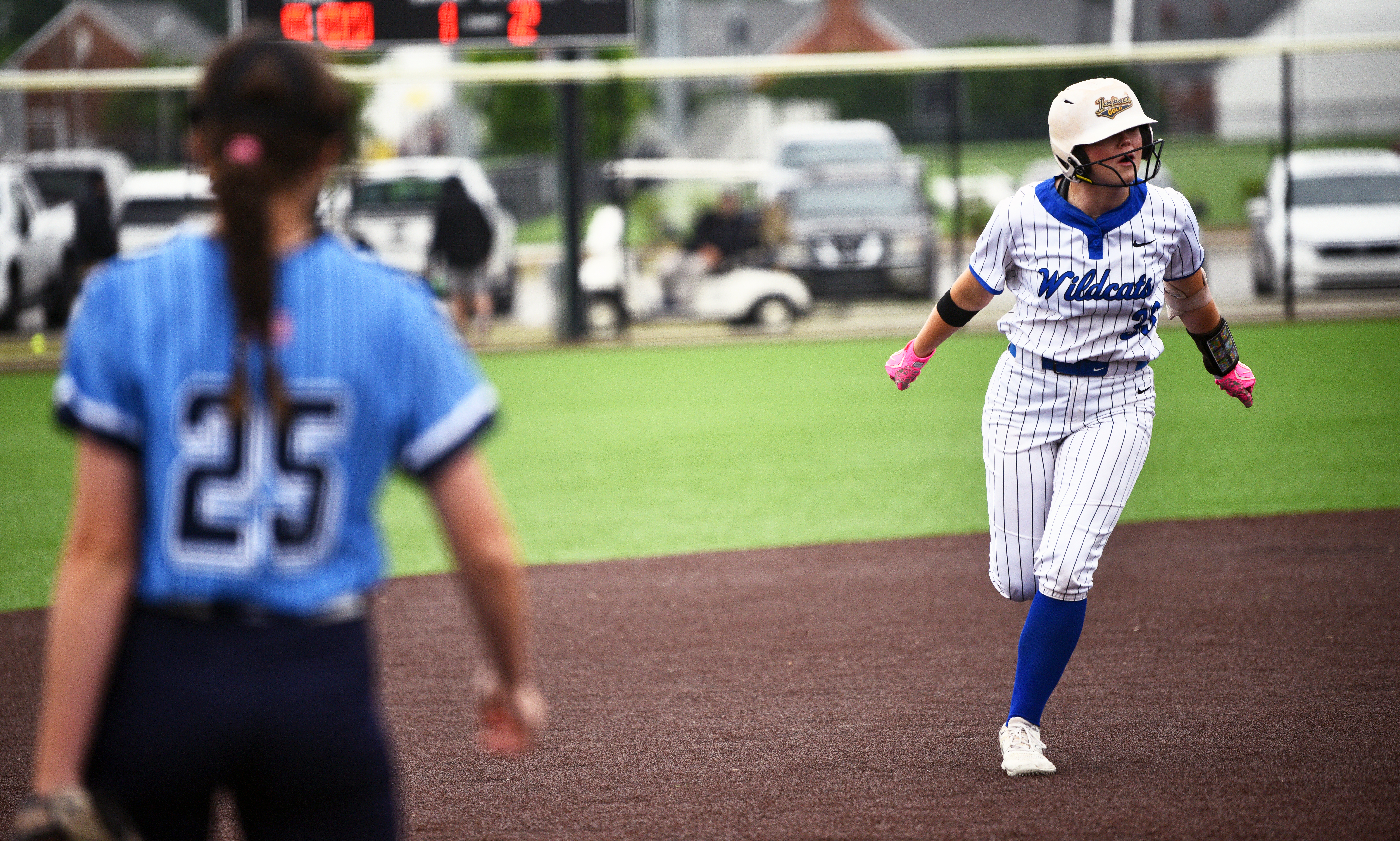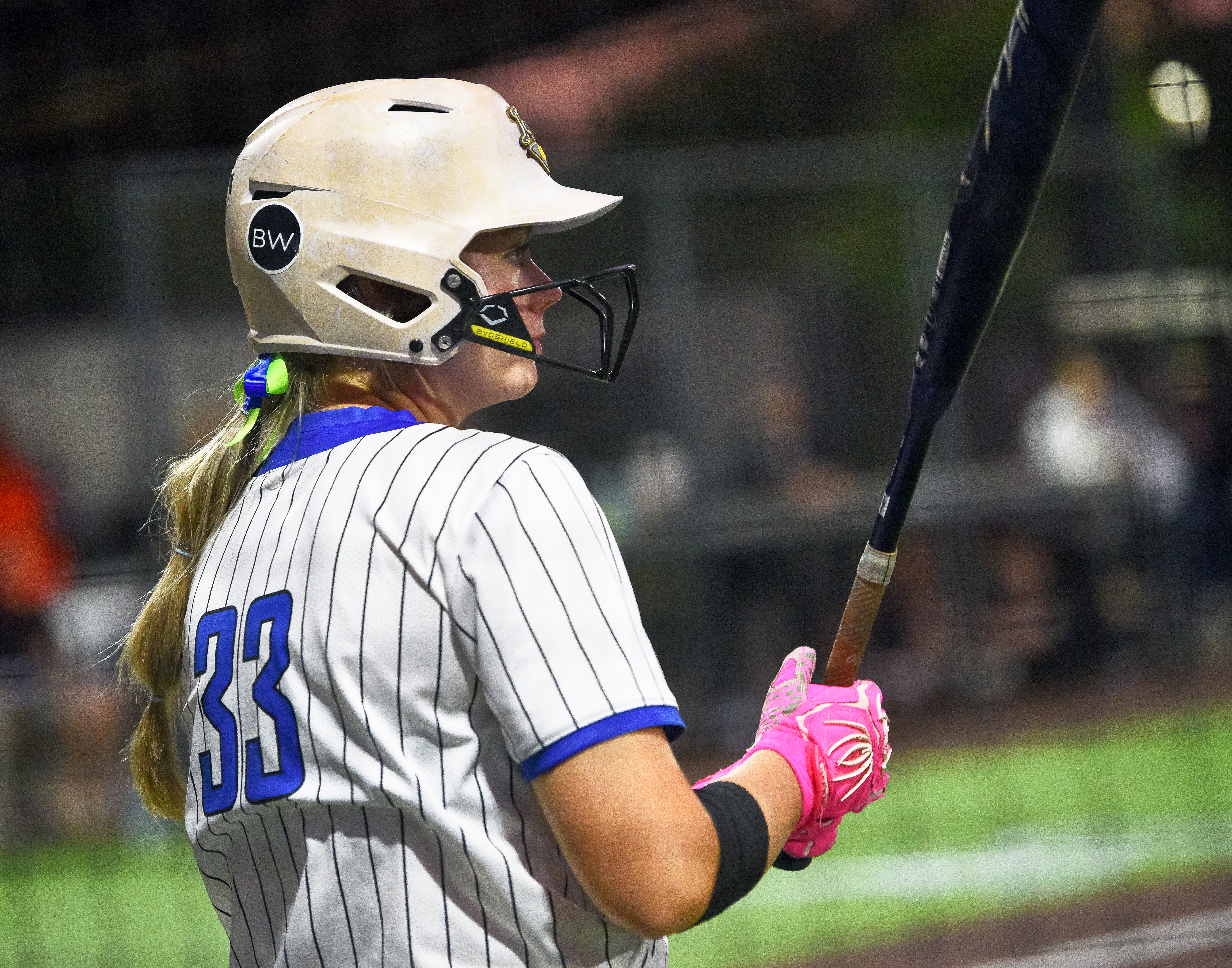ACES: Peach management
Published 12:00 am Wednesday, July 24, 2024

- File photo. Weed management under peach trees is important, along with scouting for insects and disease and applying fertilizer as needed.
Peaches are not the easiest crop to grow, meaning that growers must properly management their orchards. The following are care and maintenance recommendations for Alabama peach crops.
PlantingBare root peach trees should be planted in the dormant season when the trees do not have leaves. Trees in containers can be planted any time of year but must be watered when planted during the summer. All peach trees are grafted onto a desirable rootstock, which helps the trees tolerate certain soilborne pathogens and improves tree quality. Therefore, growers should be careful not to plant the tree any deeper than it was grown at the nursery to ensure that the graft union does not come in contact with the soil.
PruningYoung peach trees at nurseries are sometimes referred to as a whip and only have one shoot. After planting, a grower may cut the whip back to approximately knee high. The scaffold branches will form at this height to develop the branches where the fruit will be produced.
After the first year, three to five scaffold branches should be selected to provide the open-center shape of the tree. Scaffolds should be spaced evenly around the tree and grow at approximately a 45-degree angle. Mature peach-tree pruning should be focused on maintaining the open-center shape. This can be accomplished by removing upright growth in the middle of the tree, thinning out any overcrowded areas, and removing any damaged or diseased wood. Peaches—along with plums, nectarines, cherries, and other stone fruits—are usually grown with an open center. This is done so the sun can ripen the fruit, the tree can have better air circulation to lower disease risks, and pesticide sprays can be applied.
Pruning is done in the spring, as close to blooming as possible. Pruning early may encourage earlier blooming, which could lead to cold-damaged blooms. Peach trees often produce suckers, which originate from the base of the trunk. These should be removed on a regular basis. Growers should be sure not to leave any branches that originate below the graft union, as these branches will not produce quality fruit.
Managing pests and weedsSome common pests associated with peaches include aphids, mites, scale, lesser peachtree borer, peachtree borer, plum curculio, oriental fruit moth, brown rot, scab, stink bug, leaffooted bugs, armillaria root rot, and grasshoppers. There are critical times pesticides can be used to help manage these pests, and some organic options are available as well.
Weed management under the trees is important, along with scouting for insects and disease and applying fertilizer as needed. The area within the drip line of the tree should be kept weed free by using preemergent and postemergent herbicides. Some backyard growers may choose to utilize mulch to provide a weed barrier.
Pesticide spray programs are preventative and should begin during bloom and last until harvest. The Alabama Extension publication, “Home Orchards: Disease and Insect Control Recommendations” is an easy-to-follow spray guide for home fruit production. You can find that at www.aces.edu.
HarvestAlthough shelf life can be reduced, peaches do not ripen after harvest, so waiting until the fruit is fully mature will provide the tastiest fruit.
More informationContact your local Extension office for more information on peach management. In Limestone County: 1109 W. Market Street, Suite A, Athens, AL 35611; (256)-232-5510.





